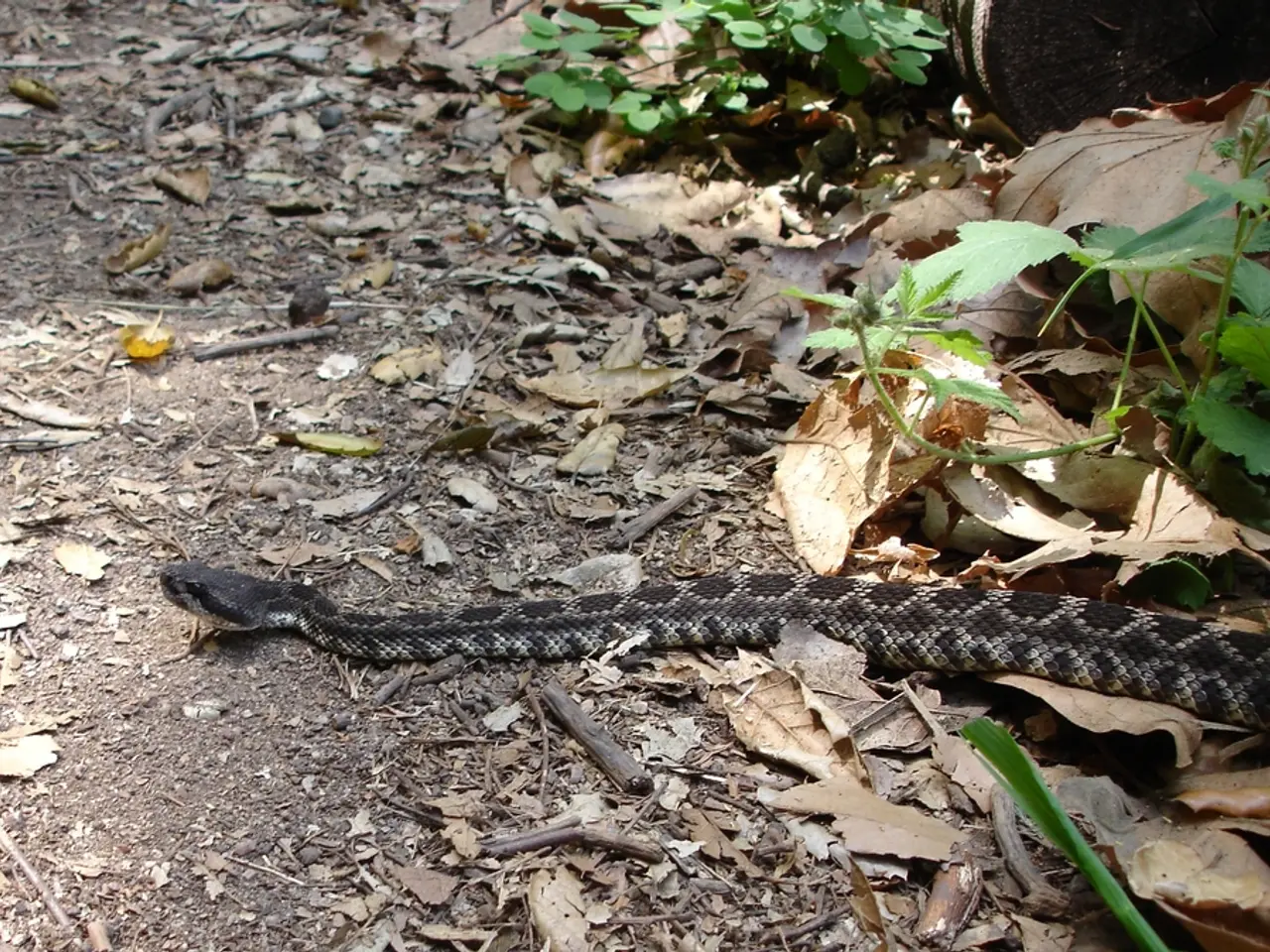Avoid Common Pitfalls with Snake Plants: Eliminate 7 Hidden Errors That May Be Preventing Your Plant's Health
In the realm of houseplants, few are as popular and resilient as the snake plant. Known for its striking vertical growth and hardy nature, the snake plant thrives in a variety of indoor environments. To ensure your snake plant flourishes, follow these best practices for watering, soil, lighting, temperature, and environmental conditions.
**Watering:** To avoid root rot, water your snake plant only when the soil is dry about an inch below the surface. After watering, remove any extra moisture that leached into the dish under the pot. Allow cut ends to dry for 1–2 days before planting to prevent rot. The soil should be moist but not waterlogged.
**Soil:** Use a well-draining soil that mimics the snake plant’s natural environment. Standard potting soil retains too much moisture and can encourage fungal problems. Opt for a mix containing gritty materials like coconut coir, gravel, sand, rough bark, perlite, or other heavily textured organic items. Cactus or succulent potting mixes are ideal.
**Lighting:** Provide bright, indirect light for best growth. Snake plants tolerate low light but avoid direct sunlight, which can scorch leaves. Place them a few feet from southern or western-facing windows or use sheer curtains to diffuse strong light. Supplement with artificial plant light if needed in offices.
**Temperature:** Maintain temperatures between 21°C and 32°C (70°F to 90°F) for optimal growth. Snake plants can survive down to about 7°C (45°F) if soil remains dry. Avoid placing them near hot spots like fireplaces, as excessive heat can damage or kill the plant.
**Environmental conditions:** Avoid excessive humidity and overwatering, which promote root rot. Do not keep plants outdoors in rainy seasons or overly damp locations. Ensure pots have drainage and remove standing water after watering.
**General care:** Inspect plants for pests if placed outdoors during warm seasons, but indoor care rarely encounters major issues. Snake plants are adaptable and easy to grow, but common problems are often due to incorrect watering, poor soil, improper lighting, and extreme temperatures.
By maintaining these conditions, you can effectively prevent most common snake plant problems and promote healthy growth. It's essential to remember that temperatures below 55 F (13 C) can stress snake plants and cause them to form narrow leaves. Placing a snake plant too close to a southern or western-facing window can cause leaf tips to burn and turn brown.
In their natural habitats, snake plants live in rocky, dry soil that drains water away easily and do not hold moisture. Therefore, it's crucial to grow snake plants in a pot with drainage holes. For severely root-bound plants, divide them into smaller sections and repot each section into snug pots.
Using a cactus or succulent potting mix will provide near-perfect soil conditions for snake plants. To water snake plants, wait until the soil is dry to the touch about an inch (2.5 cm) below the soil level. Overwatering, excess humidity, heavy soil, and lack of drainage can cause fungal diseases in snake plants. Using standard potting soil can hold excess moisture and encourage fungal issues.
Lastly, cleaning snake plants removes a layer of dust and allows them to fully photosynthesize. With these care tips in mind, you'll be well on your way to nurturing a thriving snake plant that adds a touch of green to your indoor space.
Gardening enthusiasts might find succulent home-and-garden mixtures, such as cactus potting mix, ideal for growing snake plants, which naturally thrive in rocky, dry soil. To create a serene home-and-garden sanctuary, consider placing the vibrant snake plant in a lifestyle setting adorned with indirect light, well-draining soil, and proper temperature conditions, ensuring its lush green foliage remains a centerpiece of any room.




